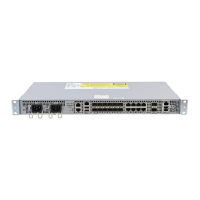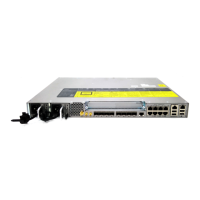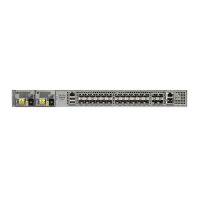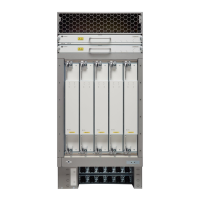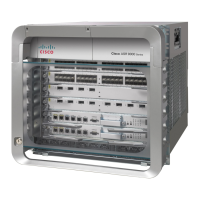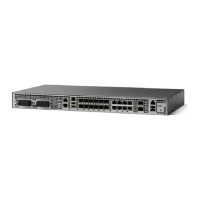DETAILED STEPS
PurposeCommand or Action
Enables privileged EXEC mode.enable
Step 1
Example:
Router> enable
•
Enter your password if prompted.
Enters global configuration mode.configure terminal
Example:
Router# configure terminal
Step 2
Specifies the name of a Layer 2 pseudowire class and enter
pseudowire class configuration mode.
pseudowire-class [pw-class-name]
Example:
Router(config)# pseudowire-class vlan-xconnect
Step 3
Specifies that Multiprotocol Label Switching (MPLS) is
used as the data encapsulation method for tunneling Layer
2 traffic over the pseudowire.
encapsulation mpls
Example:
Router(config-if)# encapsulation mpls
Step 4
Exits the pseudowire class configuration mode.exit
Example:
Router(config-if)# exit
Step 5
Enter interface configuration mode. Valid interfaces are
physical ports.
interface interface-id
Example:
Router(config)# interface gigabitethernet0/0/1
Step 6
Configure an EFP (service instance) and enter service
instance configuration) mode.
service instance number ethernet [name]
Example:
Router(config-if)# service instance 1 Ethernet
Step 7
•
The number is the EFP identifier, an integer from 1 to
4000.
•
(Optional) ethernet name is the name of a previously
configured EVC. You do not need to use an EVC name
in a service instance.
Configures the encapsulation. Defines the matching criteria
that maps the ingress dot1q, QinQ, or untagged frames on
an interface for the appropriate service instance.
encapsulation dot1q { any | vlan-id [vlan-id [-vlan-id]]}
second-dot1q {any | vlan-id [vlan-id [-vlan-id]]}
Example:
Router(config-if-srv)# encapsulation dot1q 100
second dot1q 200
Step 8
Carrier Ethernet Configuration Guide (Cisco ASR 920 Series)
215
CFM Configuration over EFP Interface with Cross Connect Feature
Configuring CFM over EFP Interface with Cross Connect—Basic Configuration
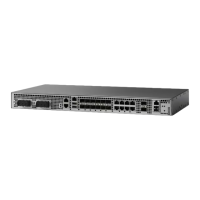
